Having finally tasted through the range, it’s clear that Massimiliano, has wisdom beyond his years, these are such together wines of great purity and individuality.
Complete wines of great harmony, filled with vibrant fruit and such personality. No journey through the world of Lava Juice would be complete without trying them!
Think ‘SRC’ taken to the next level!
A rare opportunity to try 100% Nerello Mascelese & 100% Nerello Cappuccio (2 bottles available) side by side + Calabretta’s current release Vigne Vecchie 2007, and, the single site wines including Nonna Concetta from 100+ year old vines!
We have 2 ‘Calabretta Experience’ cases available. This is the only way to get one of 2 bottles of Nerello Cappuccio available for sale.
We spent some time with Michael Trembath talking through his thoughts on Etna, Calabretta and the individual wines. You can watch the video below + video reviews at the end of the offer.
It’s clear that the family if well and truly connected to the land and that the knowledge of past generations has been passed down the line.
Listen instead
About Calabretta
The winery looks like a mechanics garage, right on the main road through the village of Randazzo. Its pretty small, with a mixed collection of tanks holding as little as 400-500 litres of some single vineyards. The underground cellars are cut into the lava rock, holding the botti that age his flagship Vecchie Vigne Nerello Mascalese for seven years. 2007 is the current vintage.
Their first vintage widely release was 1997, but since the early 1900’s the family has been making wine from these vineyards and shipping it north to supply their wine shops in Genova.
We need to put this in context, they have 4 generations of experience on Etna. Few could say that!
The Vigne Vecchie made in the traditional way, are always aged for a long time in botti, something that has seen Calabretta compared to many of the greats in Barolo.
Calabretta is part of the Triple A group – which stands for Agricoltori (Farmer) Artigianale Artisti. It’s a collective of wineries across Europe that that includes E.Pepe, Radikon, A. Occhipinti, Foradori and SRC in Italy. The vineyards, planted piede franco (ungrafted rootstock), are mostly in Contrade Calderara and no chemicals have ever been used. Over the last few years Massimiliano has planted 60,000 new vines, also piede franco.
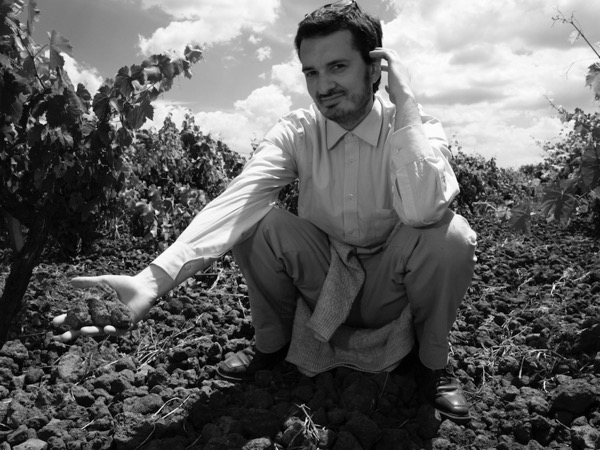
About Nerello Mascelese and Nerello Cappuccio
Typically wines made from the Nerello’s exude an entrancing perfume with a delicacy, elegance, and, sophistication that carries through to the palate. With vineyards from 400-1000m in elevation, the lower lying vineyards tend to yield bolder styles, while the higher sites offer greater restraint often being quite ethereal. Texturally the tannins often remind of a more supple Barolo.
Wines of Nerello Mascelese and Nerello Cappuccio have been called the Barolo of the South by some, Italy’s Burgundy by others. I prefer to call them, simply, great wines from Etna.
Whilst Nerello Mascelese’s enormous bunches, with their big berries, result in wines of a relatively pale appearance, there is nothing insignificant about their aromas, flavours, and, textures.
Indigenous to the Etna region, Nerrello meaning Black and Mascelese derived from Mascali, a comune to the east of Etna. Research indicates it is possibly a cross between Sangiovese and Mantonico Bianco. That parentage would make it a sibling of Gaglioppo from Calabria. The full parentage is and number of different varieties have yet to be determined with commercial Nerello Mascelese plantings including several unidentified varieties. Some genetic work suggests Nerello Mascelese could be related to the white grape Carricante.*
What’s the Etna style?
Such a naff question in so many ways! Although many of the vines of Etna have been planted for decades if not centuries, Etna’s renaissance really only started 20 years ago. SRC first vintage less than a generation ago!
In 30 years we may have a better picture of the regions true capability. One thing is certain, Etna is producing some of the most exciting, personality-filled wines I’ve come across in a long time.
Like any variety, there is an array of styles being made with variation to maceration time, new vs old oak, small vs large oak, élévage (maturation before bottling), being the most significant factors.
One of the biggest factors yet to show itself fully is the difference between vine that are ‘Pei Franco’ (French Foot) planted on their own roots and those that are grafted onto rootstock ‘Pei Rupestris. Direct comparison from the same producer has typically shown own-rooted vines tend to make more elegant styles, vines on rootstock bolder styles. The jury is still out and until a proper scientific comparison can be made my opinion is simply from empirical evidence.
We are also seeing the introduction of other varieties to the hill. SRC’s Rivaggi is blended with Grenache, their Etna Rosso with Sangiovese, the Alberello (which translates to bush vine) being the only 100% Nerello wine.
If you take a short trip from Etna to Faro, with only 35 acres of vines for the entire appellation, located on the North East tip of the island, Casematte are making excellent blends. Their top wine the ‘Faro’ blends Nerello Mascelese wines blended with Nerello Cappuccio, Nocciola, and Nero d’Avola. The level of intrigue is off-tap, such complexity and harmony. I was fortunate enough to devour one a week ago. Accidently leaving a half glass in the bottle proved I should have been more patient. The wine went to the next level with 24 hours of air! The Nocciola adds a degree of richness and generosity without overwhelming the Nerello. Somewhat like the Grenache in SRC’s Rivaggi. Casematte’s second wine the Peloro blends Nerello Mascelese with Nocciola and is a triumph.
In a nutshell, with varieties suited to the climate, old vines, and, good vineyard management there’s plenty of good material to work with. As lovers of delicious beverages, we got to watch, play, and, drink as the those who labour on the slopes of Etna and Faro strive to make even more exceptional wines.
Where in the world are they made?
I thought I’d share these three maps to help you get your head around Etna and it’s place in Sicily. The first map gives you the big picture. The second highlights the general area planted on Etna, mostly South to South-East facing. The third shows most, but, not all of the Contrada (single vineyards) and their relative elevations.
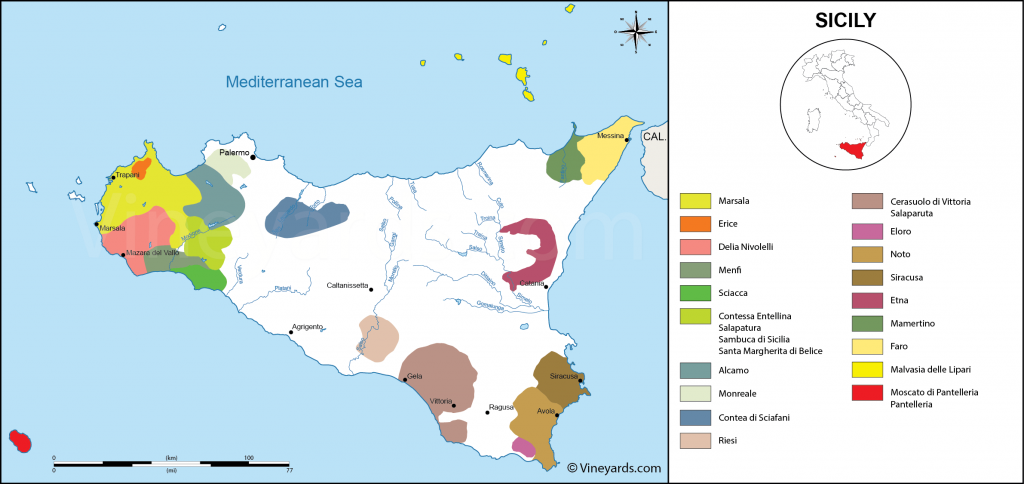
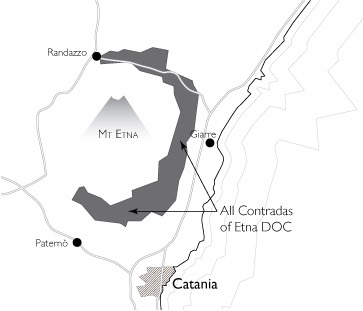
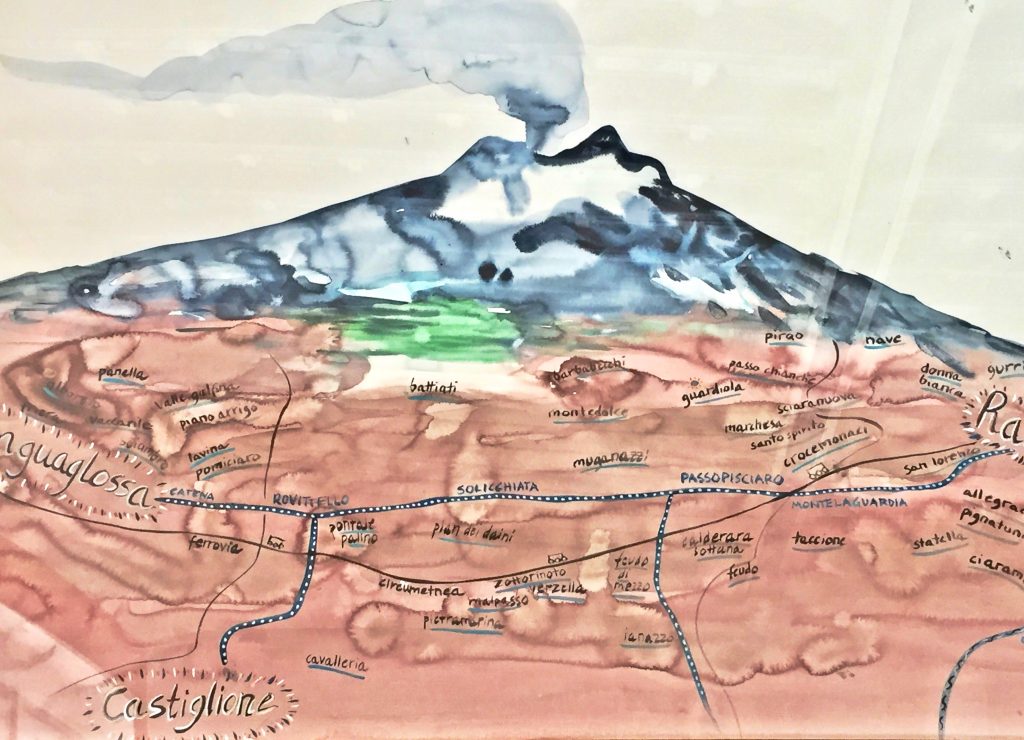
Calabretta’s Contrade (Vineyards)
Calabretta plantings are in the Contrade: Solicchiata/Montedolce, Passopisciaro/feudo di mezzo, Calderara, Taccione, Battiati/Zocconero. The amount of rock in the soil gives you an indication of the age of the lava flow. The soil with the greatest amount of rock will be the youngest. The soil with the least amount of rock, shows us that more time has passed and the rock has weathered and broken down.
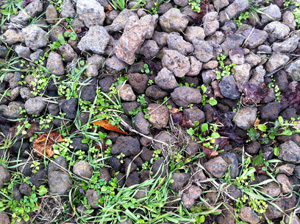 Calderara (in Randazzo): sand soli with a lot of “ripiddu” and a bed of stones on the soil. It gives us elegant, good structure & long-lived wines. The wine needs long aging in big oak barrel.
Calderara (in Randazzo): sand soli with a lot of “ripiddu” and a bed of stones on the soil. It gives us elegant, good structure & long-lived wines. The wine needs long aging in big oak barrel.
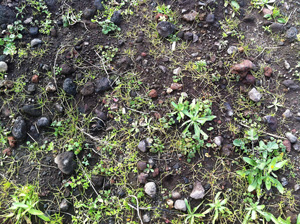 Passopisciaro (di Castiglione di Sicilia): historical contrada of Etna able to express very deep & structured wines. Half aging wine. The soil has lower quantity of stone and higher land & sand. 680 meters.
Passopisciaro (di Castiglione di Sicilia): historical contrada of Etna able to express very deep & structured wines. Half aging wine. The soil has lower quantity of stone and higher land & sand. 680 meters.
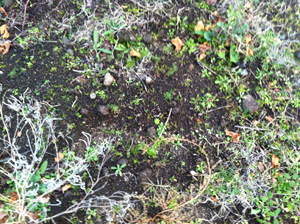 Solicchiata (di Castiglione di Sicilia): Elegant wines with finest flavours & perfumes. 780 meters alot of quantity of lava sand.
Solicchiata (di Castiglione di Sicilia): Elegant wines with finest flavours & perfumes. 780 meters alot of quantity of lava sand.
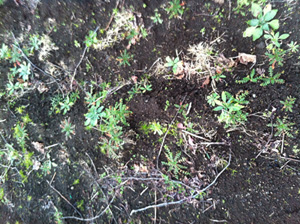 Battisti / Zocconero: 900 meters, a lot of quantity of alluvial sand.
Battisti / Zocconero: 900 meters, a lot of quantity of alluvial sand.
The 2016 Vintage
Sicily will remember the 2016 vintage as one to remember. If this is the general agreement throughout the whole island, we must mention the notable peaks in quality on Etna.
Two thousand sixteen was a year of generally better-balanced wines
The 2016 vintage has absolutely been our very best since we began our activities on the volcano. The reasons are easy to see given the meteorological conditions; the summer was cool and refreshed by a useful rainfall, with very pleasant temperatures. Thus we arrived at the end of September in an idyllic situation for the growth/production balance and health of the grapes. The harvest, thanks to the stress-free summer, began with spectacular grapes and commenced about eight days early, allowing us to bring forward the end of the harvest thus avoiding the rains of the second half of October. The results are a fresh and aromatic Carricante and a Nerello Mascalese of great quality, without the excessive alcohol which is a defining feature in certain vintages, but with brilliant colour and ample tannins.
Tips for Drinking these Wines
If you have a full set of these wines taste at least two of them at a time you’ll get so much from the experience. The different sites, and, tannin structures will stand out more clearly. By drinking in Context (Etna’s from Calabretta) and with Contrast (at least 2 of their wines at a time) you’ll accelerate your understanding of what’s possible and more importantly your enjoyment of the wines.
🌡Temp: 16°C. We tend to drink reds an edge warm. There’s nothing wrong with chucking the bottles in the fridge for 15minutes to drop a few degrees off them. If they end up too cold they’ll warm up quickly in the glass.
🍷Decanting: Massimiliano’s élévage is excellent the wines are well and truly through puberty and into adulthood. Decanting is not essential, looking at the wines in glass over many hours will be rewarding.
⏳Time: I love trying good wines stand alone, with food, and, often the next day. It gives them the chance to shine and ensures you don’t miss a good wine through impatience or fail to bring out it’s best by not marrying them to food. Make sure you leave a splash in the bottle to try it 24 hours later, you’ll be rewarded for the experience, particularly when these wines are young.
🕯Cellaring: The wines are drinking so beautifully now it will be hard to hold off, we’re all going to be experimenting a bit to work out the drinking windows, so if you get some, please share with the community how they’re looking when you crack a bottle!
The Best 2 Options for Preserving your Wine:
- Grab a Coravin wine preserver.
- Watch this video, “Stop the Wine-ocide” Kaani 2012 – My Deep Dark Secret, one of my first, about saving open bottles of wine from the drain, sorry about the quality, but, the message is still there.
*Stocks of the three top wines are extremely limited. First come, first served. Wines are available for immediate delivery.
About the Wines
Rosato 2016
100% Nerello Mascelese from the young vineyards in Calderara. It spends 1 day on skins.
Supple, fuller style of Rosé, rich fruit and spice. Textured with lucious phenolic texture. Just the right intensity. Great example of Nerello Mascelese Rosé.
Gaio Gaio 2016
The youngest vineyards, now 13-14 years old, in Calderara.
Soil: Volcanic, sand mixed with rocks and stones.
Vine: Nerello Mascalese, Nerello Cappuccio
Vineyard extension: 1.3 ha. Worked in organic.
Type of plant: Sapling tree with a low plant.
Average density of stocks per hectare: 5750
Average age of the vineyard: 5 years
Average production per hectare: 40.0 hl
Harvest: Manual
Vinification: de-stemming, crushing, start of spontaneous fermentation and maceration for 7 days with frequent pumping over in steel containers. End of alcoholic and malolactic fermentation in 70/75 hl wood containers and aging on fine lees in 50/60/70/75 hl Slavonian oak barrels for about 11 months.
Total sulfur (SO2): 40.0 mg / l
Fine composed, textural, perfumed, elegant. Opened beautifully in the glass. It has the trademark Calabretta élévage. Delicious drink.
Vigne Vecchie 2007
From the Calderara and Taccione Contrada. Age for 7+ years prior to bottling.
Such a rarity to see Nerello Mascelese of this age. An edge of volatility blows of quickly to reveal the potential of aged Nerello Mascelese. This is a triumph. The aging has largely been in large botti, stainless steel and some fibreglass (commonly used in Burgundy too). The secondary development from time has layered in a bounty of earthy, rich scents. Underneath a core of fresh fruit makes up the back bone, combined with exceptional tannins. Poised, balanced, stunning.
Nerrello Cappuccio 2015
A rare 100% Nerello Cappuccio from the Contrada Calderara.
Fantastic to see a 100% Nerello Cappuccio. The tannins by comparison to Nerello Mascelese are a little more supple and fine. The core of fruit is again epic, an edge more immediately generous. There is a sense of purity about this wine. It had an edge more generous and round fruit. You can easily see a blend benefiting from this.
Little A & Butterfly 2016
Made from the single vineyard Manitta inside the Contrada Feudo di Mezzo.
Soil: Deep volcanic with few stones and lots of sand
Grape variety: Nerello Mascalese with little Nerello Cappuccio and some autochthonous white grapes
Vineyard extension: 0.2 ha. Worked in organic.
Plant type: Rows with low plants
Average density per hectare: 6000
Average age of the vineyard: 50 years
Average production per hectare: 42.0 hl
Harvest: Manual
Vinification: Spontaneous fermentation in 10 hl barrels and maceration on the skins for 5 days with frequent punching down. Aging in steel vats and used barrels.
Total sulfur (SO2): 40.0 mg / l
Bottles produced: approx. 800
A fine floral perfume lifts from the glass. Lovely tannins, texture, and, the hallmark Calabretta core of fruit. Such personality and intrigue.
Piede Franco 2016
Selection massale – taking cuttings from the best old vineyards to replant the Contrada Taccione. Now 15 years old.
Soil: volcanic, stony, rich in ripiddu.
Vine: Nerello Mascalese
Vineyard extension: 0.2 ha. Worked in organic.
Type of plant: Espalier
Average density per hectare: 6000
Average age of the vineyard: 7 years
Average production per hectare: 25.0
Harvest: 100% manual harvest
Vinification: destemming, maceration for 5 days and spontaneous fermentation in steel containers and aging in French oak barriques for 3 years, plus 1 year in bottle. No clarification and filtration.
Total sulfur (SO2): 30.0 mg / l
Bottles produced: approx. 600
Sophisticated, refined elegance. Stunning texture with such composure layers and harmony. This is benchmark Nerello Mascelese. Exceptional wine.
Nonna Concetta 2016
Made from Contrada in Passopisciaro, purchased in 2003, just 0.4Ha of 100+ year old vines. Named after his grandmother.
Soil: Volcanic, no more sandy limestone than Calderara / Randazzo, 600 m above sea level (Passopisciaro)
Vine: Nerello Mascalese
Vineyard extension: 0.4 ha. Worked in organic.
Type of plant: Sapling with very low plant for half on a free foot.
Average density of strains per ha: 6400
Average age of the vineyard: 110 years
Average production per hectare: 25.0 hl
Harvest: Manual
Vinification: de- stemming, crushing, spontaneous fermentation and maceration for 5 days with frequent pumping over in steel containers. End of alcoholic and malolactic fermentation and aging on fine lees in barriques used for about 4 months; then 14 months in a lying bottle. No clarification and filtration.
Total sulfur (SO2): 70.0 mg / l
Bottles produced: approx. 900
Incredible depth, power and stucture. Delicious spiced, savour flavours. Stunning purity. Layers and layers and layers of joy. Such depth & vibrancy.
Massimiliano Talks Etna Viticulture - in Italian
Calabretta is part of the Triple A group – which stands for Agricoltori Artigianale Artisti. It’s a collective of wineries across Europe that that includes E.Pepe, Radikon, A. Occhipinti and Foradori in Italy.
To get a great wine to each producer you need 3 basic qualities summarized in the 3 A of:
AGRICOLTORI – FARMERS
Only those who cultivate directly the vineyard can establish a correct relationship between man and vine, and obtain a healthy and mature grape exclusively with natural agronomic interventions.
ARTISANS
We need “craft” methods and skills to implement a winemaking and winemaking process that does not change the original grape structure, and does not alter that of wine.
ARTISTS
Only the “artistic” sensibility of a producer, respectful of his work and his ideas, can give life to a great wine where the characteristics of the territory and of the vine are exalted.
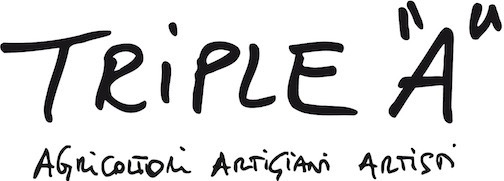
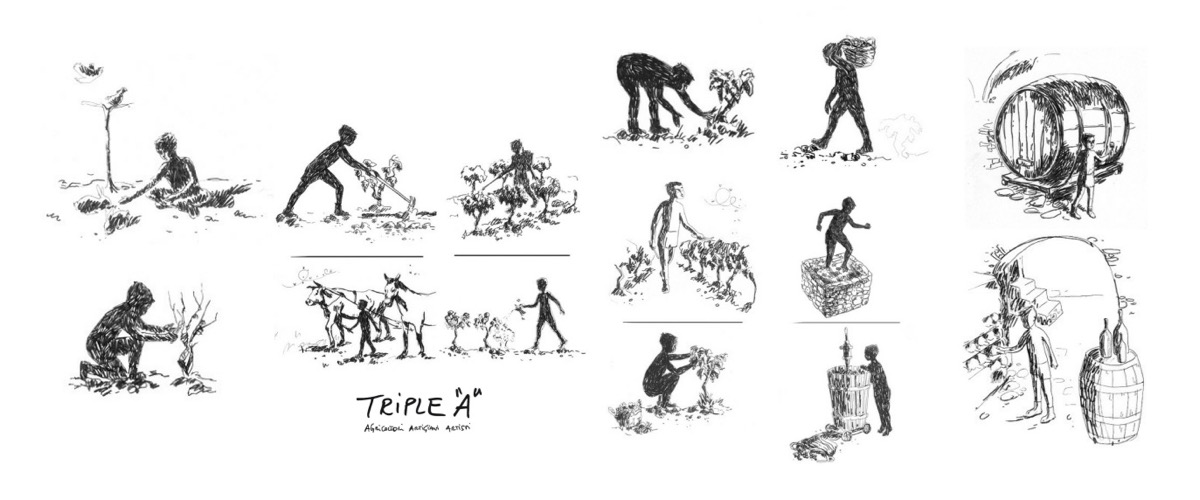




You must be logged in to post a comment.